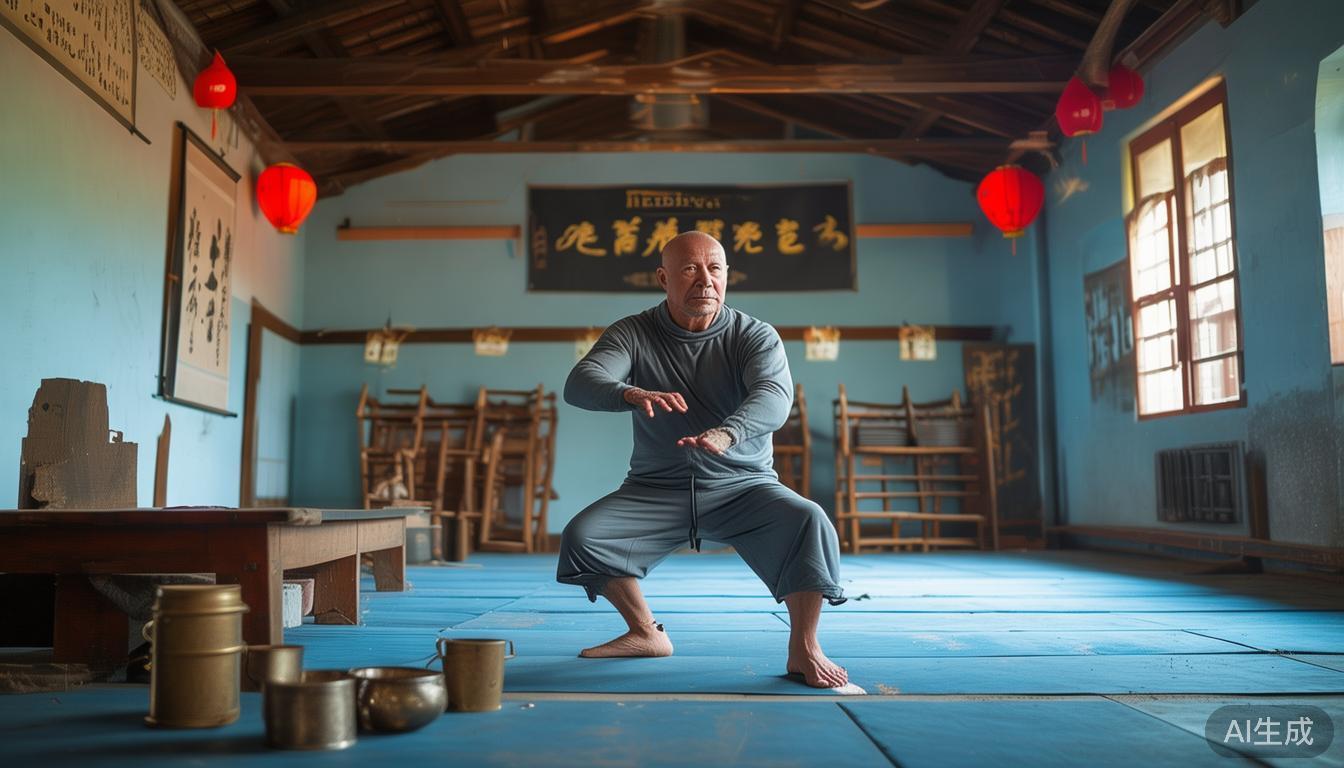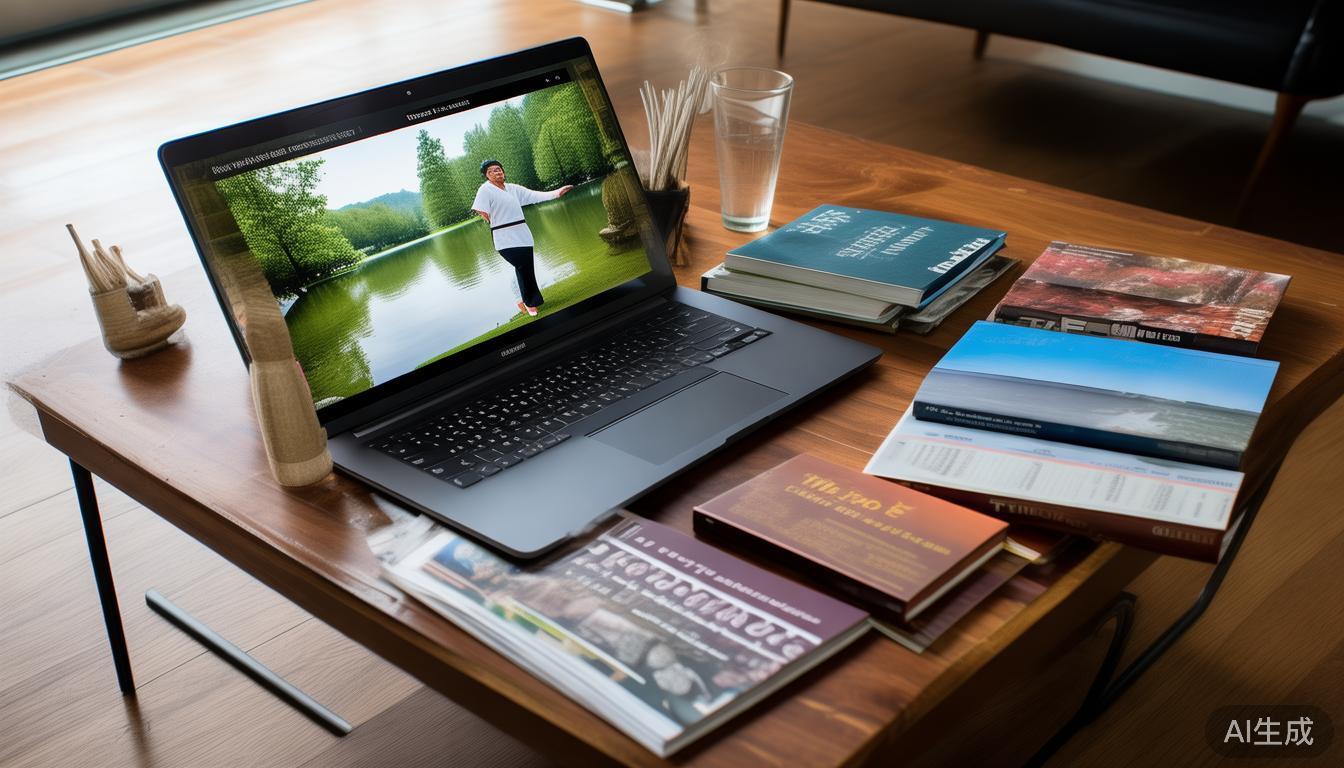Over the years of practicing Tai Chi, my biggest experience is that it is like a silent old friend, slowly accompanying you to understand your own body. It is not a distant metaphysics, but a set of body language that can be integrated into daily life. Through slow flowing movements, it teaches us how to live in harmony with our own weight and breath. Below I will share a few key links to help beginners step into the world of Tai Chi.
How to get started with Tai Chi for beginners
For friends who have no foundation at all, I would like to suggest that you start with the single action of "Cloud Hands". There is no need to pursue cumbersome routines. The key is to realize the feeling of the center of gravity shifting between the legs like running water. With your feet shoulder-width apart and your knees slightly bent, Tai Chi Online , imagine using your arms to draw a full circle in the air. This exercise can help you build a sense of the body's central axis and prevent you from stiffening and exerting force due to the desire for shape. Keep in mind tai chi step by step , the key to initial practice is relaxation rather than perfect posture. Fifteen minutes a day is far more valuable than practicing for two hours at a time.

How to practice the basic skills of Tai Chi
Cultivating or improving a person's Tai Chi skills is often inseparable from the activity of Zhan Zhuang. Zhan Zhuang is like an important soil with opportunities for the cultivation of Tai Chi skills. Zhan Zhuang activities can be carried out in the early morning. Zhan Zhuang chooses a place where the air can effectively circulate to practice "Wuji Zhuang" "When standing on the Wuji Post, your feet should be kept parallel to each other, and your knees should be slightly bent. When standing, you should be as if you are sitting on a high stool that does not appear. In this posture, your arms should be folded around each other. The area placed in front of the body should be naturally placed and should not be placed randomly. Static postures such as the standing stance are often extremely effective in greatly enhancing the strength of the legs. If the standing time can be accurately and comfortably stable for ten minutes during the stance process, then the lower body will be significantly calmer during walking than when walking before; in addition, the "cat step" exercise is also a very important link for improving Tai Chi skills. The "Cat Walk" exercise can play a training role in helping Tai Chi practice to maintain a stable center of gravity when dynamic movements change, and lay a solid, indestructible and unbreakable foundation for the subsequent Tai Chi walking learning steps.
How to coordinate breathing and movements in Tai Chi
The key is breathing, which gives soul to Tai Chi movements. When you first learn, you don’t need to deliberately try to match your breathing with your movements. You just need to make your movements smooth and comfortable first. After you become proficient in the movement, try to exhale naturally when the movement starts, when the person stands up or when the hand is released; when the movement is recovered, when the person squats down or when the hand is closed, breathe in naturally. The principle of breathing is to breathe deeply, thinly and evenly without holding your breath. Just like doing the "grasp the bird's tail" posture, sit back along the body and naturally inhale the air; and at the moment when you press it out, exhale slowly and feel the power flowing from the soles of your feet to your fingertips.

Where to find Tai Chi learning resources
Learning resources are extremely abundant nowadays, but you should treat them with caution. Finding teachers offline is the best way. You can pay attention to the morning exercise crowd in the park, or use community cultural centers to obtain information. An excellent teacher will patiently correct your basic structure Tai Chi Classes Online , if you choose to learn online, it is recommended to watch some teaching videos of famous traditional schools, pay attention to their explanations of the offensive and defensive meanings of movements and movement trajectories, avoid content that only talks about "ideas" but lacks specific physical guidance, and continue to follow a complete series to make reading more effective.
After practicing these steps step by step, can you feel the relaxation in your body that is different from before? During your training, what kind of movements can best help you appreciate the charm of "using softness to overcome hardness"? You are welcome to share your unique experiences in the comment area. If you think these methods are beneficial to you, please like and support them so that more friends can see them.



Leave a Reply